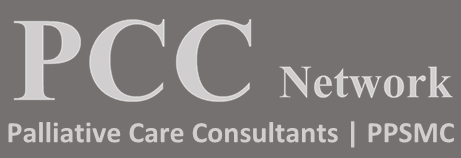Knowing What to Expect: Knowledge of Life Limiting Conditions
A palliative approach includes providing patients and their families with information on what to expect from the advancement of their life-limiting condition and the impact of this on their lives. While healthcare providers are not expected to be specialists in every disease process, it is essential that they have a fulsome understanding of the typical course of a patient’s condition, and apply that within the scope of their role, to support the patient and their family with timely information and goals of care conversations.
Scope of Knowledge and Sharing
Physicians and nurse practitioners have the ability and responsibility to provide patients with diagnoses after interpretation of clinical findings. In sharing diagnoses, they may provide ongoing information about the progression of disease.
Though not able to deliver a diagnosis, both RNs and RPNs are expected to provide patients with evidence-based information regarding their life-limiting condition to support the patient’s informed decision-making and needs for understanding. Assessment is the foundational skill of nursing, and therefore all classes of nurses must be aware of the course of their patient’s life-limiting condition, to comprehensively assess emerging issues and provide recommendations.
Allied Health professionals and Personal Support Workers, likewise, need to be informed of what can be reasonably expected in a patient’s disease process, in order to provide support through expected changes, and to report changes to clinical members of the patient’s care team.
Features of Specific Condition
It’s important to know the name of an condition or disease as well as the specific features when supporting patients with life-limiting conditions receiving a palliative approach to care. This becomes especially important when caring for patients with multiple comorbid conditions and teasing through what is related to one or more.
All life-limiting Conditions can have classic signs that indicate advancement of the condition and declining health. Healthcare providers can refer to the WW Early Identification & Prognostic Indicator Guide for general and condition-specific indicators of decline.
Illness Trajectories
Review of common illness trajectories can provide healthcare providers with useful insight into the length and course of an illness. This information can also be incredibly valuable to patients and their families. See Trajectories of Life-Limiting Illness Video (4m, 56s) on our website.
Sources:
Download Tip of the Month
PDF – Knowing What to Expect: Knowledge of Life Limiting Conditions




